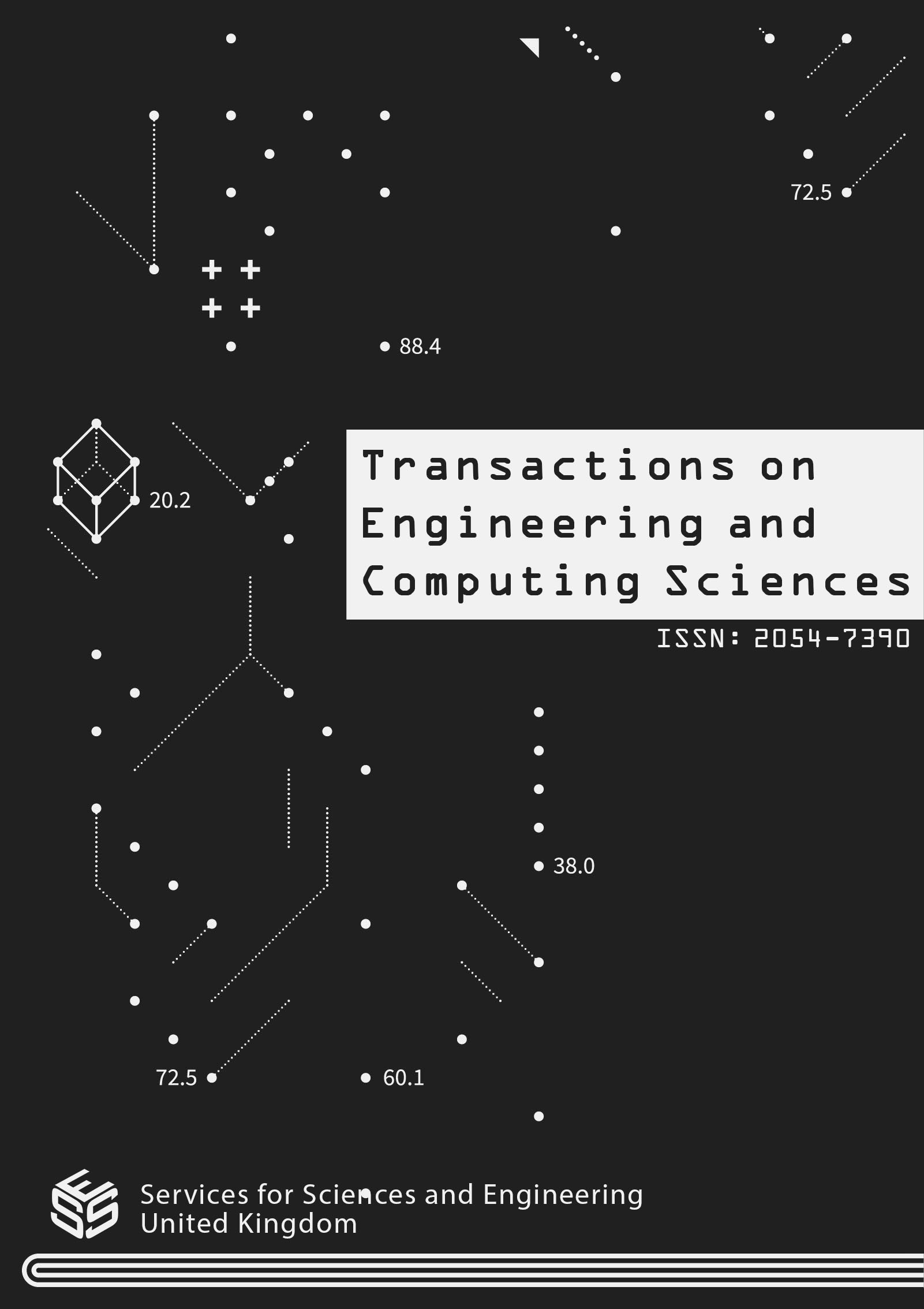Comparative Analysis of TCP, UDP and SCTP in Smart Meter Data Transfer
DOI:
https://doi.org/10.14738/tecs.121.16443Keywords:
Smart meter, OPNET, Protocol, Simulate, TCP=Transmission Control Protocol, SCTP=Stream Control Transmission Control, IP=Internet ProtocolAbstract
The ever-increasing demand for electricity has caused a lot of problems to utility companies all over the world. One challenge has been that the old metering system hasn’t been readily configured to rapidly match the current demand patterns as it suffers from many short comings like poor and insufficient interaction between consumers and utility companies. This has prompted utility companies to implement smart meters in their distribution networks. TCP is one common protocol in smart meters but as we know one big challenge with sending data using TCP is that it Introduces data overheads, hence, there's possibility that TCP introduces some form of delay in smart meter response time. This research aimed at comparing the data transfer rates for different transport layer protocols and recommending the best protocol based on their delay as we shall see from the simulation. OPNET was used to simulate and develop a smart meter network by deploying an ethernet network of smart meters. Since the OPNET platform has no specific smart meters available, a smart meter was developed using an advanced workstation (node) in OPNET and configure it with typical characteristics of a smart meter within the TCP/IP application protocol. One big challenge in this experiment was that SCTP is a new protocol and has not been integrated fully in OPNET. The lack of smart meter nodes also meant that results did not actually reflect a true scenario of how a true smart meter would perform in reality.
Downloads
Published
How to Cite
Issue
Section
License
Copyright (c) 2024 Peter Mulenga

This work is licensed under a Creative Commons Attribution 4.0 International License.






